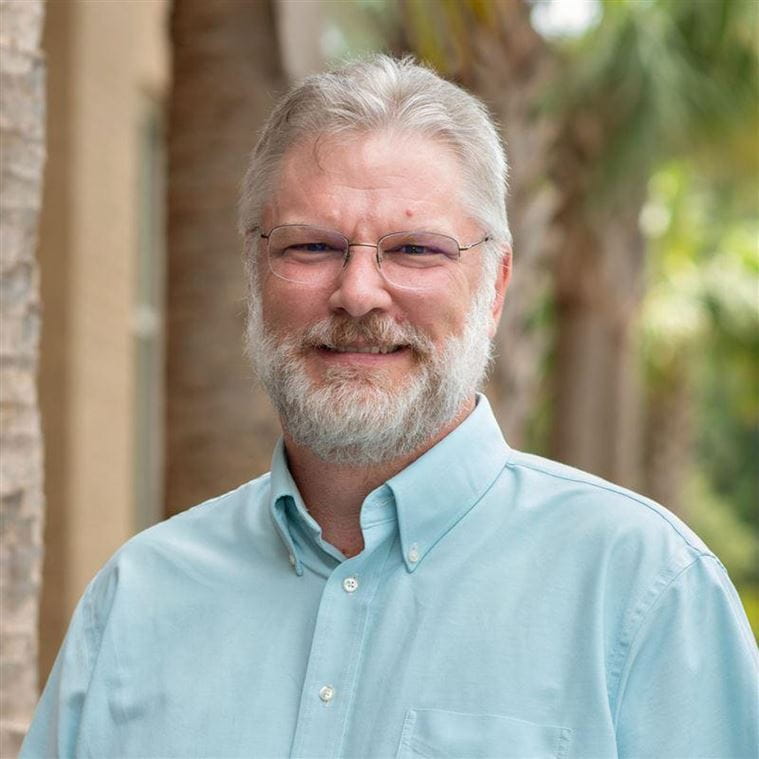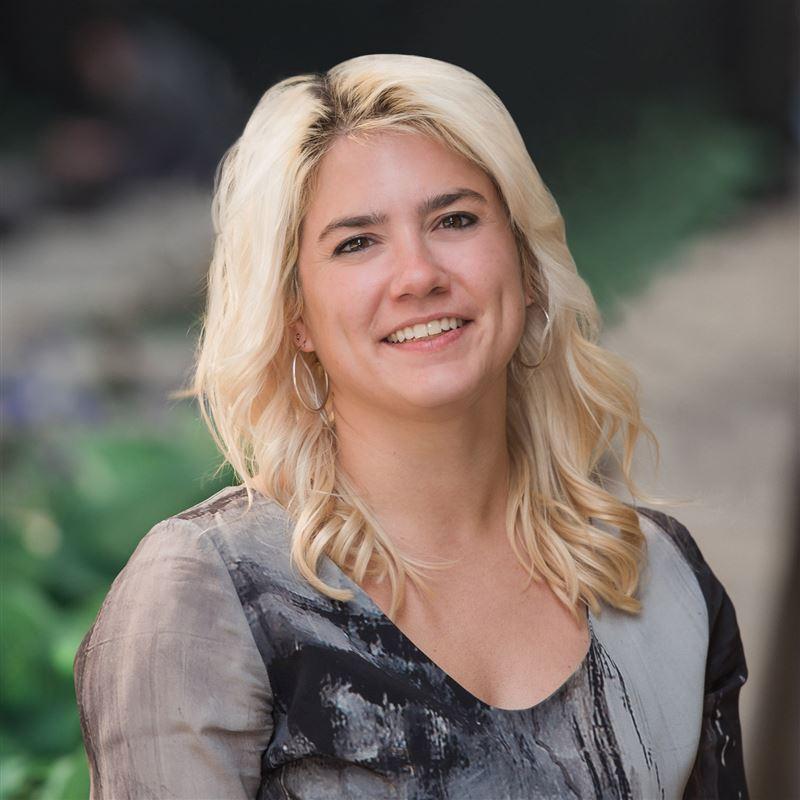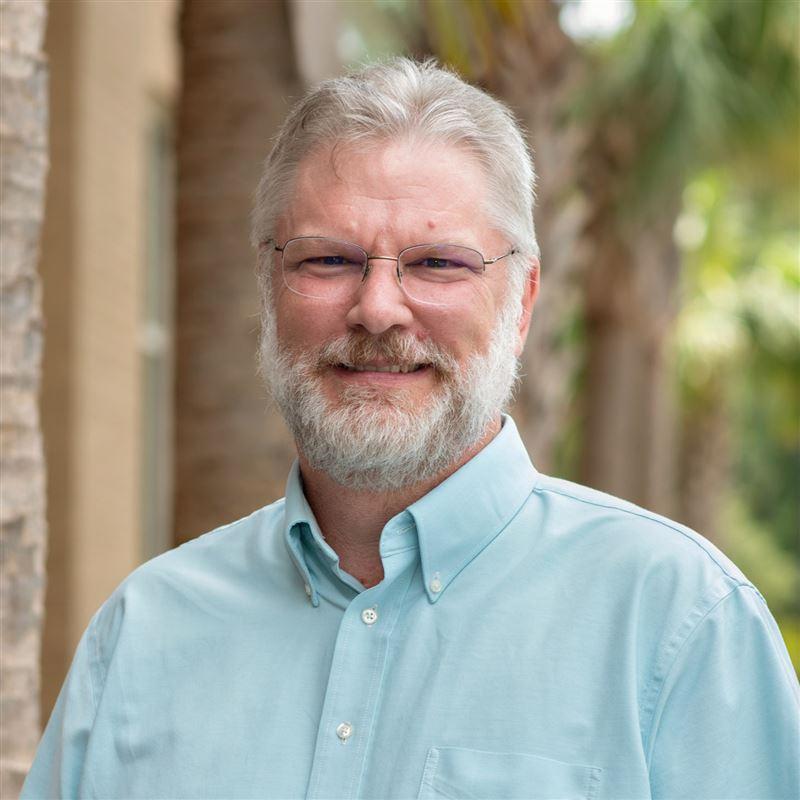Why Green BRT is the Future of Urban Mobility
What is Green BRT?
Green Bus Rapid Transit (BRT) will play a crucial role in connecting, supporting and fueling the growth of forward-looking cities. But, what do we mean by Green BRT?
First and foremost, good BRT design and operations are “green” because they serve to provide a ridesharing opportunity that reduces the number of vehicles on the roadway. The transportation sector in the U.S. accounts for 29 percent of greenhouse gas emissions (GHG), the largest contributor to U.S. emissions (U.S Environmental Protection Agency, 2022). While BRT is in and of itself a green solution, the elements that make up a BRT system should also reflect the same philosophy.
For this discussion, we define “green” as anything that promotes improved sustainability of the system while recognizing the greater ecosystem within which it sits. By this definition, green elements would include reducing the GHG footprint, eliminating particulate matter pollution, implementing sustainable stormwater management, minimizing operational energy consumption, and considering the life cycle assessment of the materials that are used.
As we consider Green BRT, we will focus on four primary areas where more sustainable design and operation can be achieved: the transitway that the bus travels on, the BRT fleet, stations, and maintenance and operations facilities.
Greening the Transitway
BRT systems use dedicated and/or shared lanes. These surfaces are usually asphalt and/or concrete. If a BRT concept adds new lanes, this creates additional impermeable surfaces where runoff needs to be addressed, along with other concerns about the pavement: increasing the heat island effect, depletion of natural resources, land acquisition, maintenance, and so forth. Even if new pavement is not needed as part of a BRT concept, there are still ways to improve what is already in place. From a pavement design perspective, this could include everything from the materials, mixing process, delivery, and the final conditions of the pavement.
When developing the final design of BRTs, teams will often simply default to the current state or local pavement design guidelines. Rather than just adopting these guidelines, ask the question: are there pavement designs that might have fewer short- and long-term impacts that could be used? Given the timelines for approvals of new pavement designs, raising these questions in the planning process can lead to a reduction in the overall environmental footprint of the project. Additionally, promoting regionally appropriate landscaping can help reduce the impacts of the pavement by increasing the amount of shade, improving the pavement edge, and promoting infiltration.
Addressing stormwater runoff and water quality should also be emphasized within Green BRT. The BRT transitway and station areas are typically impermeable surfaces that can tax local stormwater systems and reduce the ultimate water quality of the region. Again, the BRT design could default to the minimums of state or local design guidelines which may or may not include elements of green stormwater infrastructure (GSI) design.
There are numerous examples of GSI principles that can be incorporated into BRT designs that can also create a more welcoming and unique space. The goal would be to work holistically with the other elements of the right-of-way (ROW) and BRT station areas to provide a holistic solution to stormwater management. This begins with the planning process as the BRT project integrates its planning with the other transit modes, utilities, and jurisdictions that utilize the existing ROW. It should include full consideration of alternative active transportation modes on a corridor-wide basis, as well as safety-related features to reduce or eliminate the potential for crashes, particularly those involving pedestrians and bicyclists. A GSI approach also supports improving the environment for plants and trees to grow within the corridor helping to create cleaner water and air, while at the same time creating a more attractive and vibrant corridor.
Greening the Stations
The BRT station is the area where the bus, its passengers, and the other modes that use the ROW come together. Good BRT has branded shelters, platform lighting, security, real-time passenger information, bike parking, and enhanced accessibility features, among other amenities. Elements/amenities can utilize locally extracted or fabricated products, generate power, and minimize embodied and operational energy. Agencies should work with their designers to develop regionally appropriate green approaches and goals. Whether it is dealing with the solar heat gain, UV exposure, and humidity (in places like Florida) or road salt and snow (in places like Michigan), the material choices should be environmentally friendly and durable, while at the same time creating a space where passengers can feel safe and comfortable. Sustainable principles can also be applied as weather and long-term maintenance are considered. The areas surrounding the BRT stations should be examined to identify and close gaps in the pedestrian and bicycle network and to assure that safe conditions exist for station access routes.
An example of an element to establish green objectives is lighting for stations and the pedestrian path of travel to the platforms. Agencies and their designers should consider the necessity for safety, but also incorporate green strategies, as lighting can have multiple impacts. To reduce energy usage, realistic illumination standards (foot-candles/lux) should be developed, and photometry should be studied early in the design process to reduce light trespass into neighboring properties or roadways. Light sensors, hardened communications equipment that doesn’t require supplemental cooling, and lighter colored materials are all examples of opportunities to create a green station area.
Additionally, fixtures and sources should be selected to limit contributions to regional light pollution, and carefully select frequencies to avoid confusing and attracting wildlife. It’s easy to remember the first LED lights and how bright blue they were and how they felt like daylight. While very bright, they create havoc for migrating birds, sea turtles, etc. Agencies should work to implement standards on BRT’s and other projects that utilize longer wavelengths above 560 nanometers (Florida Fish and Wildlife Commission, 2022) that help to limit habitat degradation.
Greening the Vehicles
The goal of most agencies is to achieve a zero-emissions bus fleet transition as propulsion technologies (battery/hydrogen) continue to advance. Implementation of a zero-emissions fleet has implications beyond just the propulsion technology, as charging/filling must be considered, how the electricity/hydrogen is generated, how energy is delivered, equipment life cycle costs, and material waste/recycling/reuse. Maintenance and system reliability concerns as new technology are deployed on a wider scale will become more prevalent. As many agencies have experience with hybrid drive systems, expanding into onboard energy storage and power conversion will require augmenting technician skillsets and spare parts challenges. Balancing other needs, such as safety, will need consideration; for example, onboard energy storage systems present hazards to maintenance technicians and first responders.
Additionally, climatic considerations such as side window Visible Light Transmission factors, which affect the amount of UV light filtered into the passenger area, directly impact rider comfort can provide for a safety tradeoff where visibility into the bus from the exterior is limited. Heating/air conditioning is another area where equipment manufacturers typically designed toward the goal of passenger comfort; however, we must now consider asking how that can be done in a way that minimizes energy usage and increases vehicle range. Whether you're considering seats, flooring, or exterior paint, asking the right questions at the right time in the project development process can help reduce the overall impact of the vehicle on the environment.
Greening the Facilities
While each BRT requires transitways, stations, and vehicles to operate, many agencies realize that they also need new or upgraded maintenance and administrative facilities depending on the current and future fleet mix and operational needs.
Examples typically include:
- Additional fleet capacity for maintenance and storage
- Fleet fuel changes such as Battery Electric Bus, Compressed Natural Gas , or Hydrogen
- Augmented power capacity, whether for charging or hydrogen generation and storage
- Evaluation of maintenance-related hazards within building and garage design; for example, which areas of a maintenance garage require hazardous environment listed light fixtures and electrical equipment
- Additional space for material and spare parts storage during fleet transitions
- Requirements for training and troubleshooting areas for new technology; such as electronics repair areas
- Additional or new or renovated operations centers with security monitoring, data storage, TSP monitoring/control, communications, etc.
These critical functions should initiate an initial review to confirm existing or new facilities are designed for resilience, such as being located outside of current or future flood plains, hardening structure, system redundancy, planning for future electrification upgrades, multiple site access/egress points and future flexibility. Opportunities such as alternative energy, natural lighting, environmental/hazardous material management and green materials should all be considered.
Bringing It All Together with Complete Corridors
It's crucial when creating a Green BRT system to ensure that it fits within the greater context of the overall corridor it serves. As a partner in a complex mix of transportation modes, utilities, and space for people, all elements can benefit, whether through improved GSI, landscaping, sense of community, or safety. Thinking holistically will result in sustainable infrastructure that is resilient and green, while also providing a more cost-effective solution for urban transit.
Tim Sorenson, CDM Smith vice president and practice leader for transit & urban mobility, has led multiple award-winning projects over his 30-year career. From the simplest intersection improvements when he began his career, to the more complex urban multi-modal transportation projects he works on today, he is driven to help clients get their projects through the planning process, funded and into construction.
Ben Harber, CDM Smith principal and engineering team project manager, has more than 15 years of success in project management on a diverse range of projects for both public and private clients in the U.S. and abroad. He understands the complexity of managing community, interagency, and financial objectives to create successful outcomes on transit projects. CDM Smith principal and engineering team project manager, has more than 15 years of success in project management on a diverse range of projects for both public and private clients in the U.S. and abroad. He understands the complexity of managing community, interagency, and financial objectives to create successful outcomes on transit projects.
Sources:
- U.S Environmental Protection Agency. (2022, January). Transportation Air Pollution https://www.epa.gov/transportation-air-pollution-and-climate-change/carbon-pollution-transportation#transportation
- Florida Fish and Wildlife Conservation Commission. (2022, January). Wildlife Lighting Criteria https://myfwc.com/conservation/you-conserve/lighting/criteria/

Thinking holistically will result in sustainable infrastructure that is resilient and green while also providing a more cost-effective solution.







